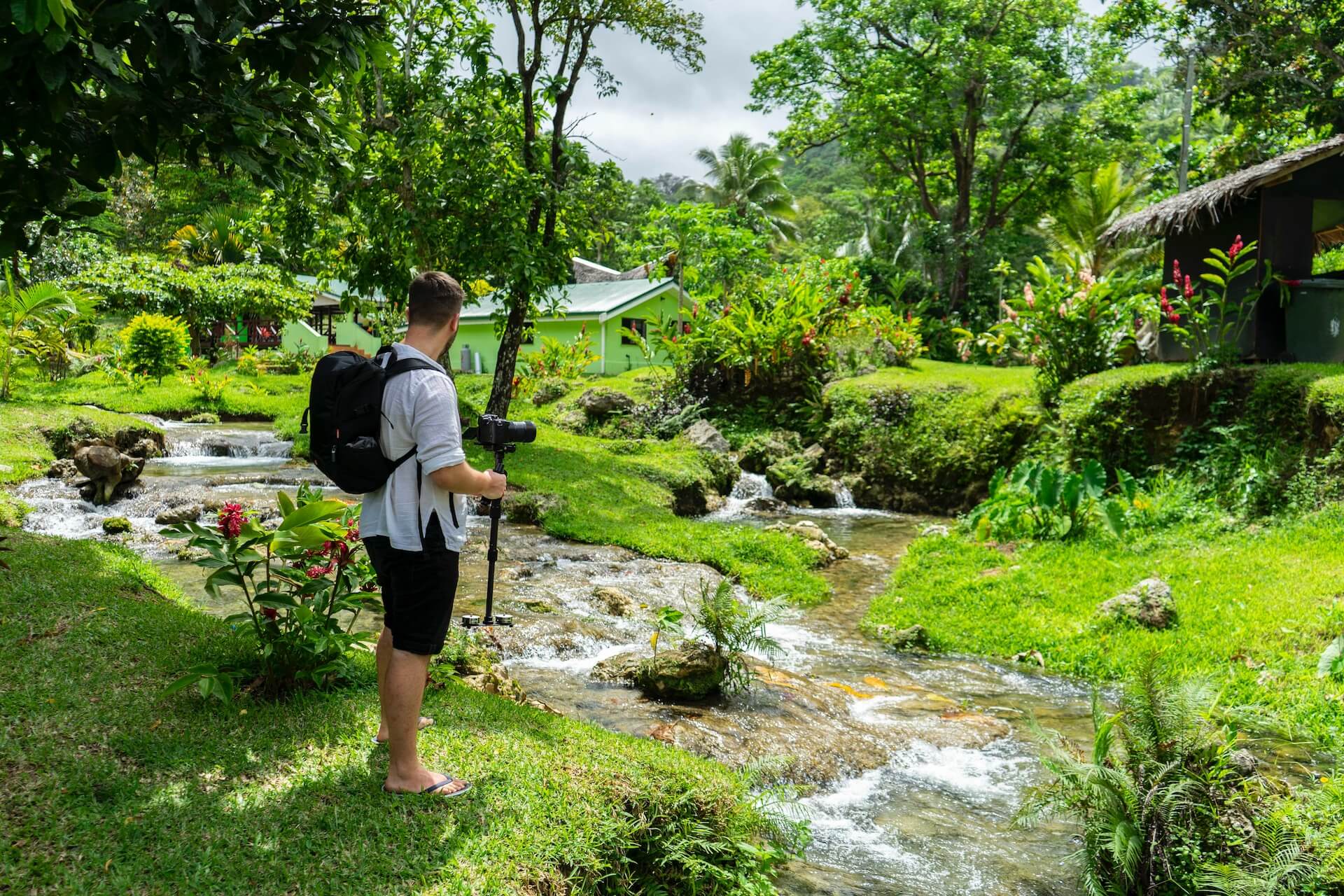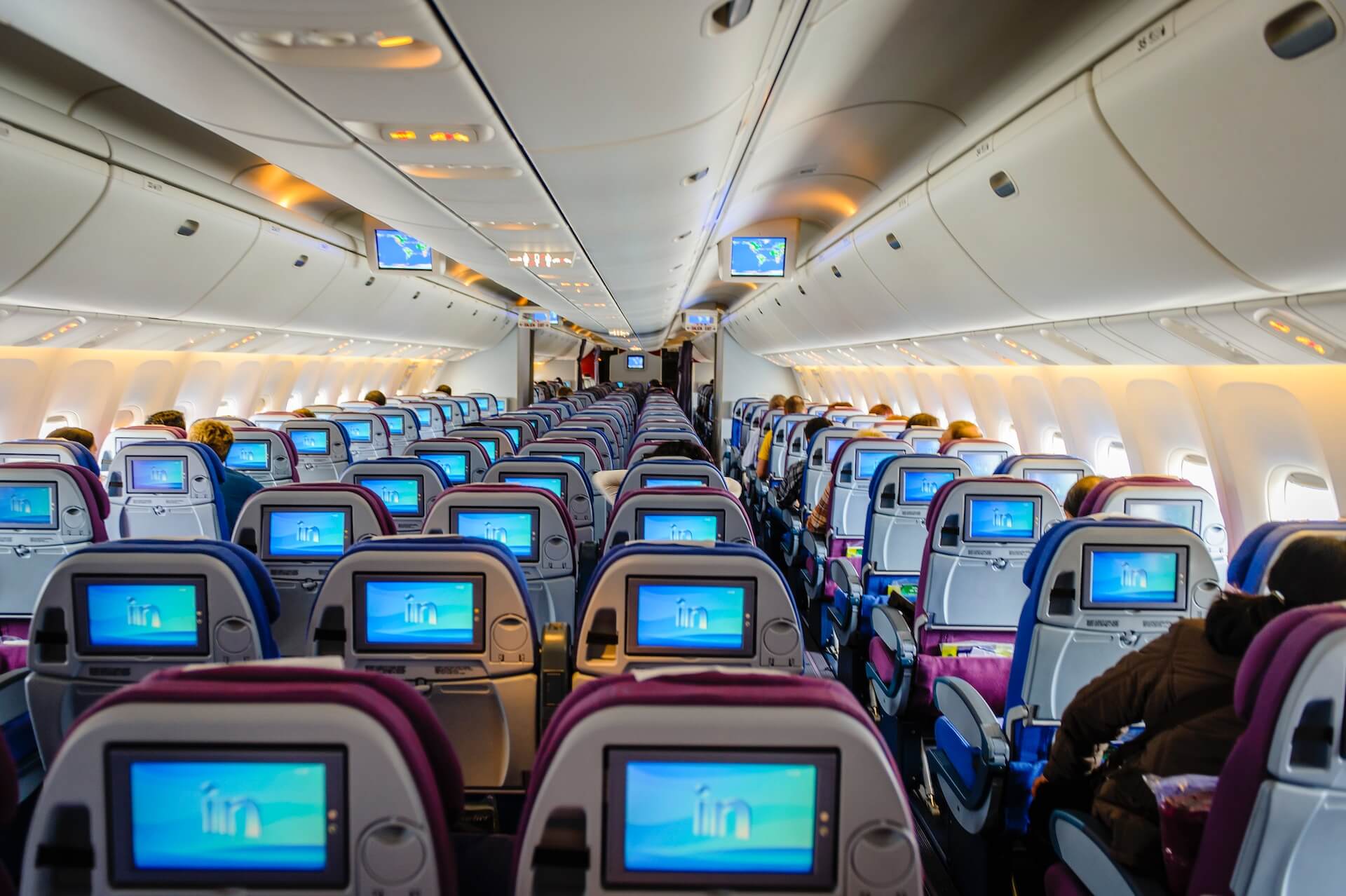In our digital age, where wanderlust and the love for capturing travel memories collide, preserving those moments becomes paramount. Travel enthusiasts often capture their adventures on video, but what happens when you want to relive those memories years down the road? This is where the magic of video converters comes into play. In this comprehensive guide, we’ll delve into the art of preserving your travel memories by archiving them with video converters.
Understanding the Importance of Archiving Travel Videos

Why Archive Your Travel Videos?
Timeless Memories
Travel experiences are priceless, and archiving ensures that these memories remain vivid and accessible for generations to come.
Protection from Loss
Digital files can be lost due to hardware failures or accidents. Archiving safeguards your precious travel footage.
Editing Flexibility
Archived videos can be easily edited or enhanced in the future as video editing technology evolves.
Sharing and Nostalgia
Reliving your travel adventures and sharing them with friends and family is a joy that archived videos can provide.
Choosing the Right Video Converter
Factors to Consider
Supported Formats
Ensure the video converter supports a wide range of video formats for flexibility.
User-Friendly Interface
Look for converters with an intuitive interface to simplify the archiving process.
Conversion Speed
Faster conversion speeds can save you time, especially when dealing with large video collections.
Quality Retention
Opt for a converter that maintains the quality of your original videos during the archiving process.
Platform Compatibility
Ensure the converter works on your operating system (Windows, macOS, or Linux).
The Archiving Process
Ensure the converter works on your operating system (Windows, macOS, or Linux).
Step 1: Organize Your Videos
Begin by organizing your travel videos. Create folders and categorize them by destination, date, or theme. This simplifies managing your collection.
Step 2: Choose the Right Format
Select an archival format. While MP4 is a widely compatible choice, consider using a lossless format like MOV or AVI for the highest quality.
Step 3: Set Video Parameters
Adjust video parameters like resolution and frame rate. Balance quality and file size for optimal results. A higher resolution is ideal for preserving details.
Step 4: Begin Archiving
Use your chosen video converter to start the archiving process. Add videos to the converter, select the output folder, and initiate the conversion.
Step 5: Verify Quality
After conversion, review the archived videos to ensure they meet your quality standards. Make any necessary adjustments.
Step 6: Back Up Your Archive
Create multiple backups of your travel video archive. Store them on different devices and in cloud storage for extra security.
Preserving your travel memories through video archiving is a gift to your future self and generations to come. Video converters keep your precious memories safe and easy to watch by preserving their quality and accessibility. By following the steps outlined in this guide, you can embark on a journey to preserve your travel memories like never before.

Photo by Old Youth from Unsplash
More Reads














